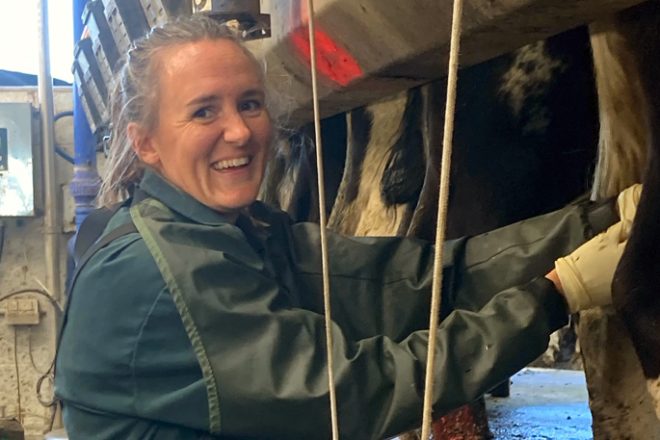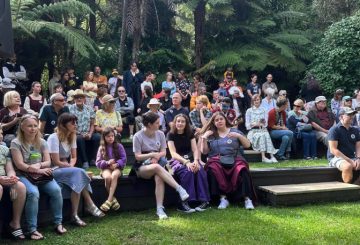이스턴 베이 오브 플렌티의 축산 농가들은 대학원 수의사를 지원하는 정부 프로그램의 혜택을 누리고 있습니다.오포티키 출신의 수의사인 케이트 맥커시 (Kate Mackersey) 는 정부의 수의사를 위한 자발적 결합 제도의 수혜자 33명 중 한 명입니다.이 제도는 뉴질랜드 시골에서 봉사하는 대가로 각 참가자에게 5년간 55,000달러의 자금을 제공합니다.
Mackersey는 “농촌 지역에는 수의사가 부족합니다”라고 설명합니다.“이 프로그램은 자금을 제공하여 졸업생들이 이 분야에서 일할 수 있도록 유치하고 지원하는 것을 목표로 합니다.”
Mackersey의 경우 이 제도에 가입하기로 결정하는 것은 쉬웠습니다.그녀는 양과 소고기 농장에서 자랐고 자신이 이 분야에서 일하고 싶다는 것을 항상 알고 있었습니다.이 계획은 그녀의 결정을 확고히 하는 데 도움이 되었습니다.
“졸업생들은 상당한 부채를 안고 직장에 입사하는 경우가 많습니다.수의과대학에서 5년 동안 공부했는데 비용이 많이 듭니다.” 라고 그녀는 말합니다.이 제도는 그녀가 일에 집중할 수 있도록 이러한 재정적 스트레스를 어느 정도 완화하는 데 도움이 됩니다.
자발적 결합 제도는 2009년 출범 이후 지금까지 449명의 수의사 졸업생을 지원해 왔습니다.농무부 장관 토드 맥클레이 (Todd McClay) 는 이 제도가 농촌 지역에서 생산 동물 및 작업견을 다루는 수의사 부족을 해결하기 위해 설립되었다고 말했습니다.
Mackersey의 경우 재정 지원과 실습 교육이 결합되어 그녀의 경력을 쌓는 데 매우 귀중한 토대가 되고 있습니다.“농부들과 함께 일하는 것은 보람 있는 일입니다. 농부들은 동물과 땅을 지키는 수호자로서 자신의 역할에 열정을 쏟기 때문입니다.그들에게서 정말 많은 것을 배웠어요.” 라고 그녀는 말합니다.



















































-360x245.jpg)










